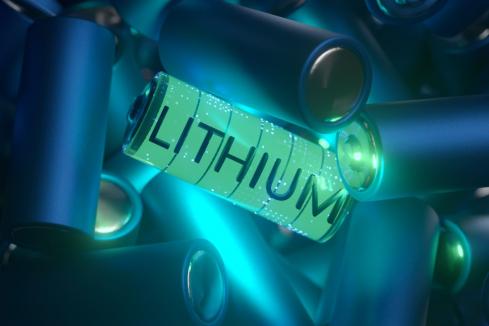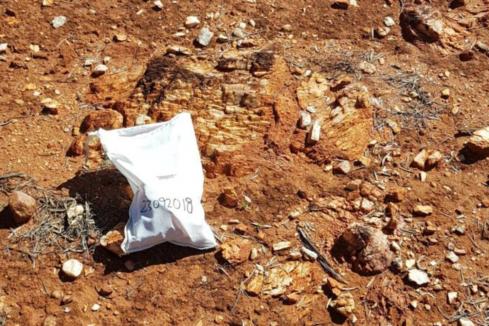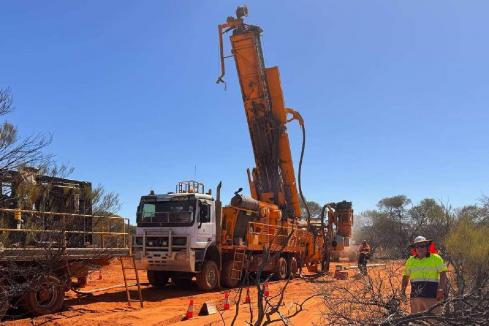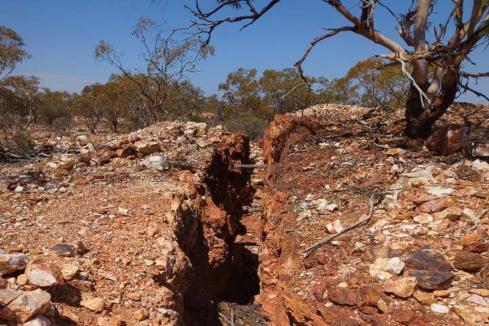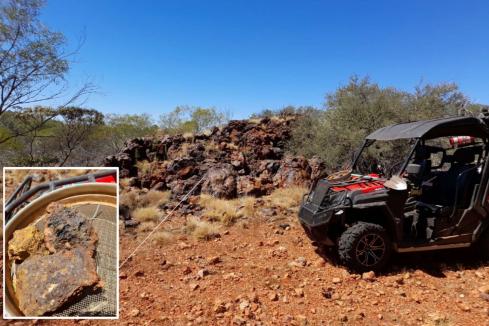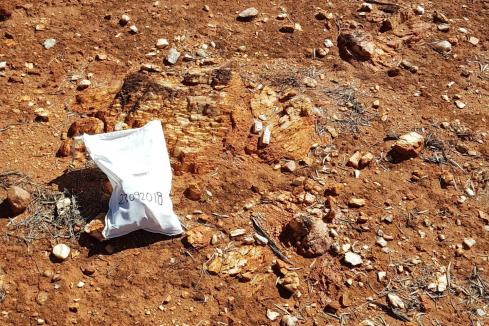Venus Metals Corporation says it has discovered petalite mineralisation assaying up to 4.6 per cent lithium oxide in multiple pegmatites at its Deep South prospect at Youanmi in Western Australia’s Murchison region. Petalite is an important ore mineral of lithium and the new pegmatite discoveries comprise several small outcrops up to about 60m across that are scattered through a 450-square-metre footprint.

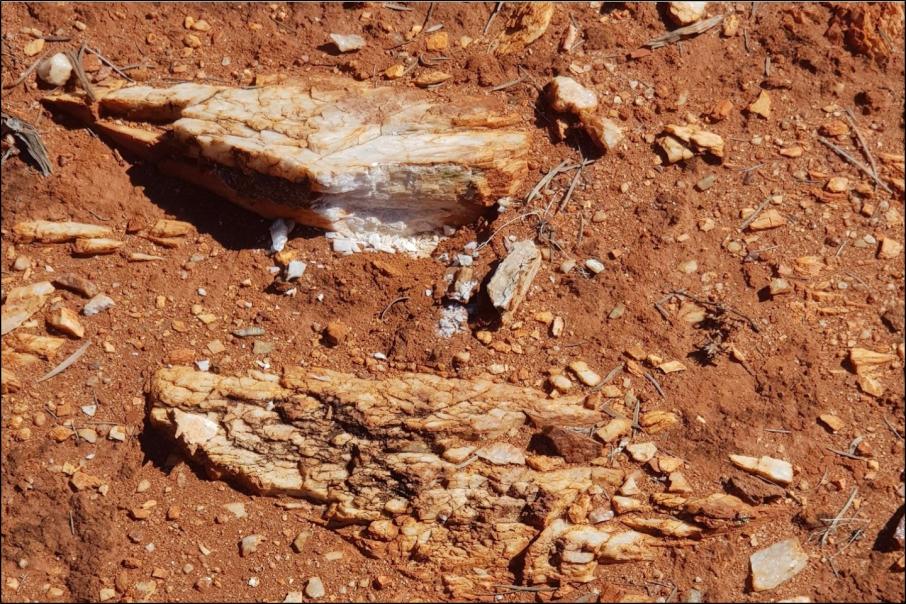
Venus Metals Corporation says it has discovered petalite mineralisation assaying up to 4.6 per cent lithium oxide in multiple pegmatites at its Deep South prospect at Youanmi in Western Australia’s Murchison region.
Petalite is an important ore mineral of lithium and the new pegmatite discoveries comprise several small outcrops, each up to about 60m across that are scattered through a 450-square-metre footprint.
The notable discovery is the result of the company’s regional-scale, ultra-fine geochemical soil sampling program on an initial rectangular north-south/east-west, 200m-by-200m sampling pattern to assess the prospectivity of a recently-defined southerly extension of part of the Youanmi greenstone belt.
Subsequent infill soil sampling on a 50m-by-50m grid identified strong lithium anomalism up to 833 parts per million lithium oxide over an area measuring about 1.1km by 1.75km, with multiple pegmatite outcrops scattered about within a geochemically-anomalous halo assaying more than 110ppm lithium oxide.
Subsequent rock chip sampling of the outcropping pegmatites within the anomalous area has yielded lithium hits up to 4.6 per cent lithium oxide in three main areas, named North, Central and East zones, within an area measuring about 300m by 200m over one of the strongest lithium soil anomalies that yielded up to 833ppm lithium oxide.
In addition to the best lithium oxide result, a further five top values run 4.57, 4.48, 4.46, 4 and 2.84 per cent lithium oxide, all within the multiple pegmatite outcrop area.
Surface mapping interprets the Central and East zones to be stacked, north-trending and gently east-dipping pegmatites that intersect a set of east-west-trending pegmatites at the North zone, which may feature more steeply-dipping faults.
Management says its X-ray diffraction analysis has confirmed petalite as the principal lithium mineral in the outcropping pegmatites. The mineral has a similar chemical composition to spodumene, which is the more common and principal ore of lithium in most deposits.
However, petalite can be the principal ore mineral in some deposits and the two minerals often occur together in the same deposits, including at Mt Holland and Mt Ida in WA. The nature and extent of the anomalism, the thin surface sand cover over a mix of mafic, ultramafic and granitoid rocks, including pegmatites in the immediate area, and the proximity of some of the mapped pegmatite outcrops, suggests some of them may be exposures of the same pegmatite.
The discovery highlights the value of careful, well-oriented geochemistry in identifying areas where potentially mineralised host rocks are masked by thin surface cover comprising stable sands or thin and even poorly-developed soils.
Management says it has also undertaken laterite geochemistry in a program of 79 iron-rich samples taken on a 400m-by-400m pattern along what it calls a “pegmatite trap”, near the south-western margins of the Youanmi greenstone belt. It says the program has identified anomalous tantalum-niobium values up to 6ppm tantalum and 62ppm niobium.
The two elements form two ends of a solid solution series and are part of what is termed the lithium-caesium-tantalum (LCT) series of pathfinder elements that are important in identifying fertile areas for both rare earths mineralisation and lithium deposits.
Venus says it intends to test the Deep South pegmatite discovery by drilling and already has a program of work in preparation. The program will scope out the nature and distribution of the pegmatites, in addition to their depth extents, orientation and mineralisation styles.
It seems that this new discovery has a bigger story that is yet to be told.
Is your ASX-listed company doing something interesting? Contact: matt.birney@businessnews.com.au






